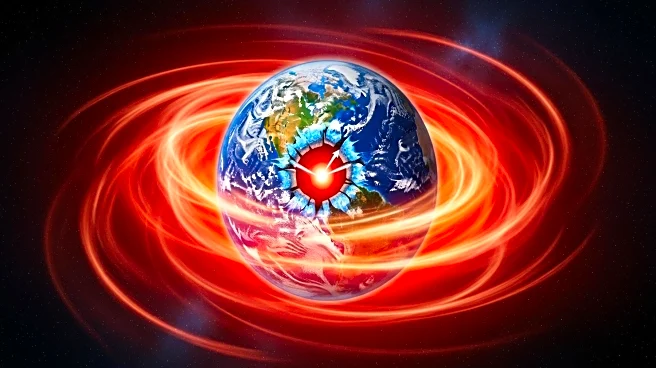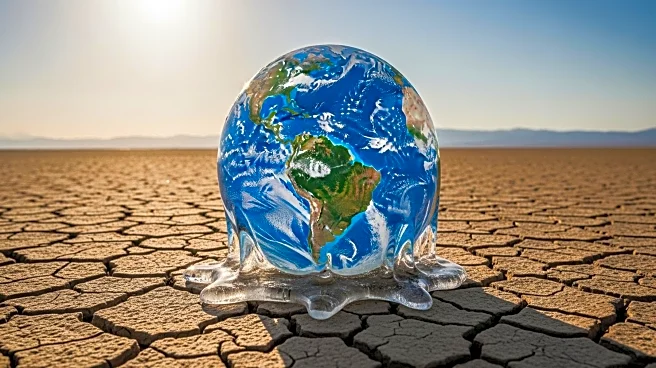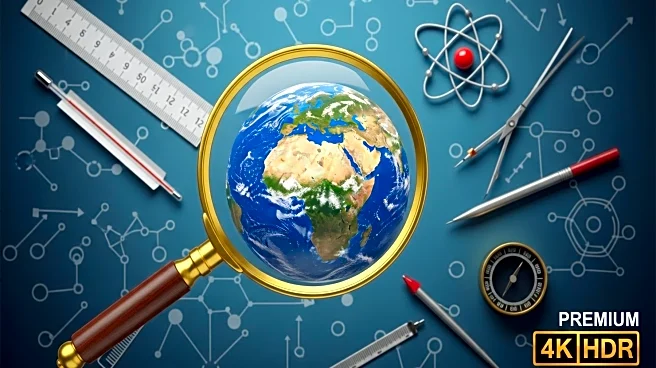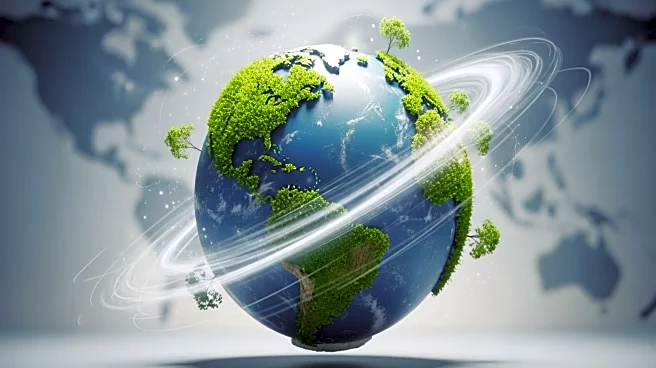What's Happening?
A recent study led by Bill Collins from the University of Reading reveals that the repair of the Earth's ozone layer is contributing to global warming more than previously anticipated. The research, published in Atmospheric Chemistry and Physics, utilized computer models to project warming effects associated with ozone changes from 2015 to 2050. The findings indicate that while the repair of the ozone layer is crucial for protecting against harmful ultraviolet radiation, it is also causing additional warming, potentially offsetting climate benefits gained from reducing ozone-depleting chemicals like CFCs and HCFCs.
Why It's Important?
The study highlights a complex challenge in climate policy, where actions taken to repair the ozone layer inadvertently contribute to global warming. By 2050, ozone is projected to become the second-largest contributor to warming after carbon dioxide. This underscores the need for revised climate policies that account for the warming effects of ozone layer repair while continuing to mitigate air pollution associated with ozone formation near the ground.
What's Next?
The researchers emphasize the importance of continuing efforts to repair the ozone layer due to its health benefits. However, they suggest that climate policies need to be adjusted to address the additional warming effects. This may involve implementing strategies to reduce air pollution and exploring alternative methods to balance ozone layer repair with climate change mitigation.
Beyond the Headlines
The study raises ethical considerations regarding the balance between environmental health and climate change. It also highlights the interconnectedness of atmospheric processes and the need for comprehensive approaches in addressing global environmental challenges.











